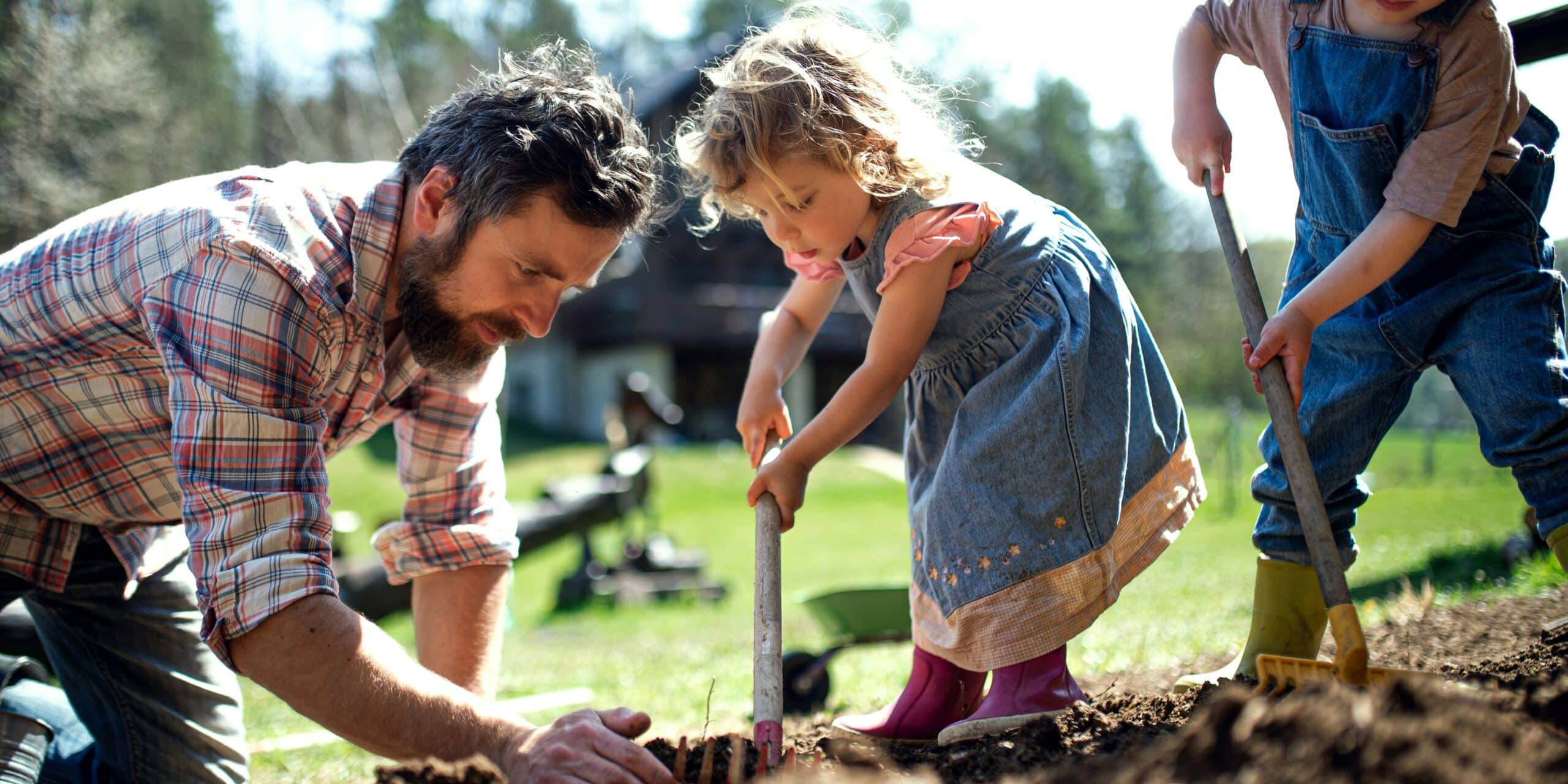Sustainable ranching is becoming more than just a trend in Texas; it’s a crucial step toward preserving the state’s iconic landscapes and supporting local ecosystems. As environmental concerns rise and agricultural practices come under scrutiny, ranchers are adopting eco-friendly methods to balance agricultural needs with conservation goals. In this article, we’ll explore how sustainable ranching practices in Texas are making a significant contribution to environmental conservation.
What Is Sustainable Ranching?
At its core, sustainable ranching refers to farming and livestock management practices that aim to preserve the environment while maintaining a profitable and productive ranching operation. This includes a range of techniques designed to reduce environmental impact, improve soil health, and protect local wildlife habitats. In Texas, a state known for its vast ranching industry, sustainable practices are essential for ensuring the long-term health of the land.
Ranchers in Texas have traditionally relied on methods that focus heavily on maximizing production, sometimes at the cost of the land and ecosystem. However, with increasing awareness of environmental issues, many are shifting to regenerative agriculture, which works in harmony with nature, helping to maintain healthy soils, clean water, and thriving ecosystems.
Soil Health and Regeneration
One of the key areas where sustainable ranching makes a difference is in soil health. Traditional ranching often involves practices like overgrazing, which can degrade the soil and lead to erosion. Sustainable ranchers, on the other hand, are adopting methods like rotational grazing, which involves moving livestock between different grazing areas to prevent overgrazing and allow grasslands to regenerate.
By rotating grazing areas, ranchers can improve the soil quality over time, as the land is given a chance to rest and recover. This helps prevent soil erosion, enhances nutrient cycling, and increases biodiversity. Healthier soil also means healthier plants and grasslands, which in turn supports healthier livestock and more resilient ecosystems. In addition, the regenerative nature of these practices helps sequester carbon in the soil, contributing to climate change mitigation.
Water Conservation and Management
Water is a precious resource in Texas, where drought conditions can be a frequent concern. Sustainable ranching practices also focus on water conservation and improving water management on ranches. Techniques like rainwater harvesting, streambank restoration, and building water-efficient infrastructure ensure that water is used wisely and that water quality is maintained.
For instance, ranchers are implementing riparian buffers—vegetated areas along water bodies that filter runoff and prevent erosion. These buffers help maintain clean water by reducing pollutants that may wash off the land, improving the health of rivers and streams that support both livestock and wildlife.
Furthermore, some ranchers in Texas are turning to low-water-use plants and alternative irrigation techniques, such as drip irrigation, to reduce the amount of water needed for crops and pastures. These water-saving practices help preserve the water supply for future generations while keeping ranches productive and sustainable.
Protecting Wildlife and Natural Habitats
Sustainable ranching doesn’t just focus on livestock—it also emphasizes the protection of wildlife and natural habitats. In Texas, many ranches are located in areas with rich biodiversity, from prairies to forests and wetlands. By adopting conservation-oriented practices, ranchers help protect these critical habitats.
One example is the practice of maintaining wildlife corridors—areas of natural habitat that allow animals to move freely across the landscape. This helps prevent habitat fragmentation, which is crucial for species survival, particularly for migratory animals like birds and large mammals. Many ranchers are also working with wildlife organizations to monitor and manage wildlife populations on their land, ensuring that native species thrive alongside their livestock.
Additionally, sustainable ranching can include planting native vegetation to support local ecosystems, providing food and shelter for a variety of wildlife species. By creating spaces where wildlife can thrive, ranchers contribute to the overall health and biodiversity of the region.
Reducing Carbon Footprint and Combating Climate Change
As climate change becomes an ever-growing concern, sustainable ranching offers a way to reduce the carbon footprint of agriculture. Traditional ranching practices often contribute to greenhouse gas emissions through practices like intensive grazing, overuse of fertilizers, and reliance on fossil fuels for transportation and machinery.
In contrast, sustainable ranching seeks to mitigate climate change through practices that sequester carbon in the soil, such as agroforestry (planting trees alongside grazing lands) and holistic grazing. These practices increase the amount of carbon the land can absorb, helping to reduce the amount of greenhouse gases in the atmosphere.
Additionally, sustainable ranchers are adopting energy-efficient equipment and looking into alternative energy sources, like solar power, to reduce their reliance on fossil fuels. These steps, while beneficial to the rancher, also contribute to broader efforts in fighting climate change.
The Economic Benefits of Sustainable Ranching
While the environmental benefits of sustainable ranching are clear, the economic advantages are often just as compelling. By adopting eco-friendly practices, ranchers can reduce costs in the long term, such as by improving soil health, reducing water usage, and cutting down on the need for chemical fertilizers and pesticides. Furthermore, consumers are increasingly drawn to products that are ethically sourced and produced with environmental responsibility in mind, leading to a growing market for sustainable and organic beef and other ranch products.
Sustainable ranching also promotes resilience in the face of climate-related challenges like droughts and floods. Ranchers who adopt water management practices, diversify their operations, and focus on soil health are better equipped to adapt to changing weather patterns and ensure the long-term viability of their operations.
Sustainable ranching in Texas is more than just a set of farming techniques—it’s a way of ensuring that the land, water, and wildlife are protected for future generations. From improving soil health and conserving water to preserving wildlife habitats and reducing carbon emissions, sustainable ranching practices are contributing to the environmental conservation efforts across the state.
As more ranchers adopt these eco-friendly methods, Texas will continue to lead the way in balancing productive agriculture with environmental stewardship. By supporting sustainable ranching, we’re not only preserving the land but also helping create a more sustainable future for both ranchers and the ecosystems they depend on.







